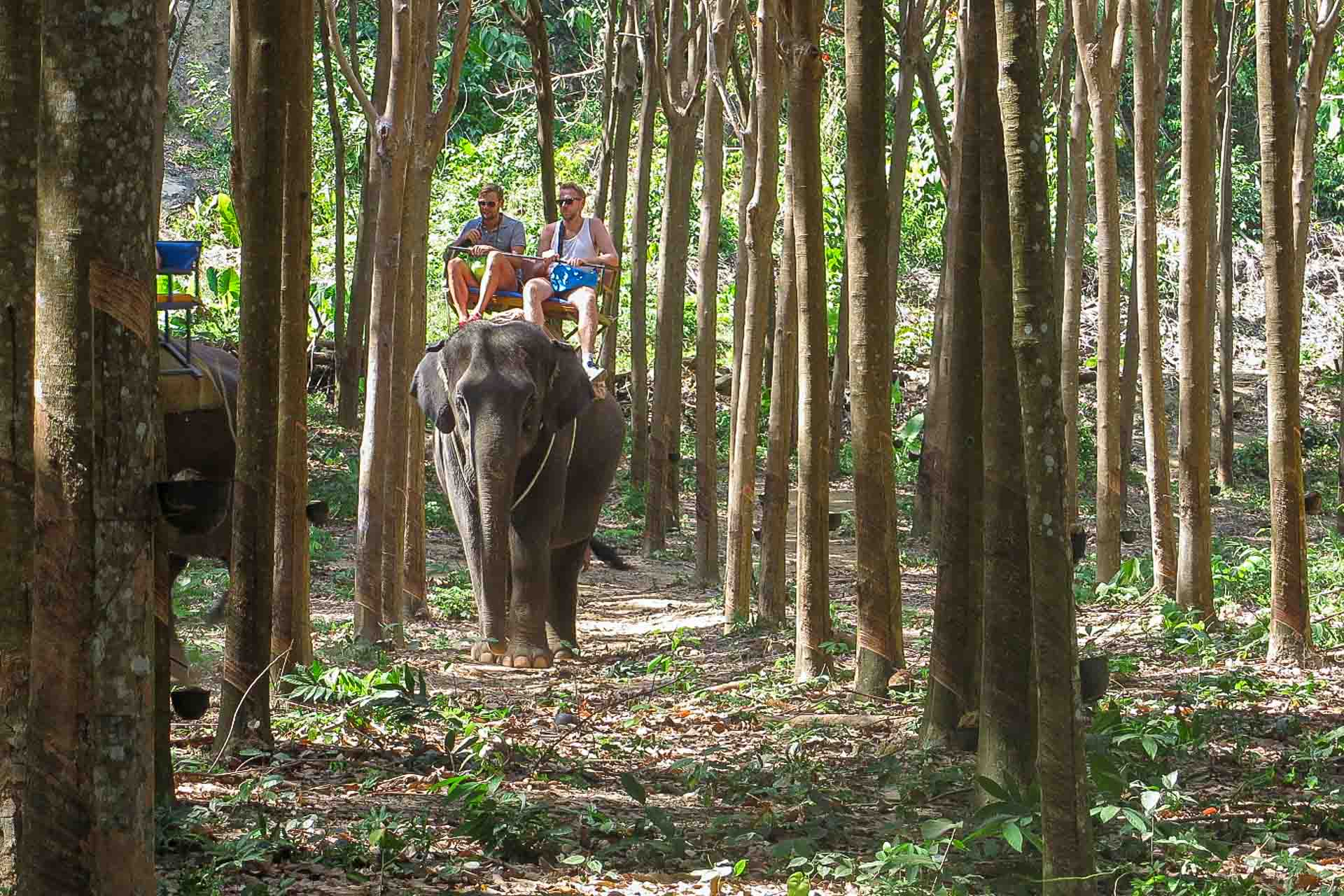This post is also available in: ![]() Português
Português
Not many people know that the elephant trekking in Thailand is an extremely cruel activity. In fact, even ourselves had no idea about it before visiting the country. It didn’t take us too long though, to find out the sad reality behind riding an elephant. And we explain to you now why you shouldn’t ever do the elephant trekking in Thailand.
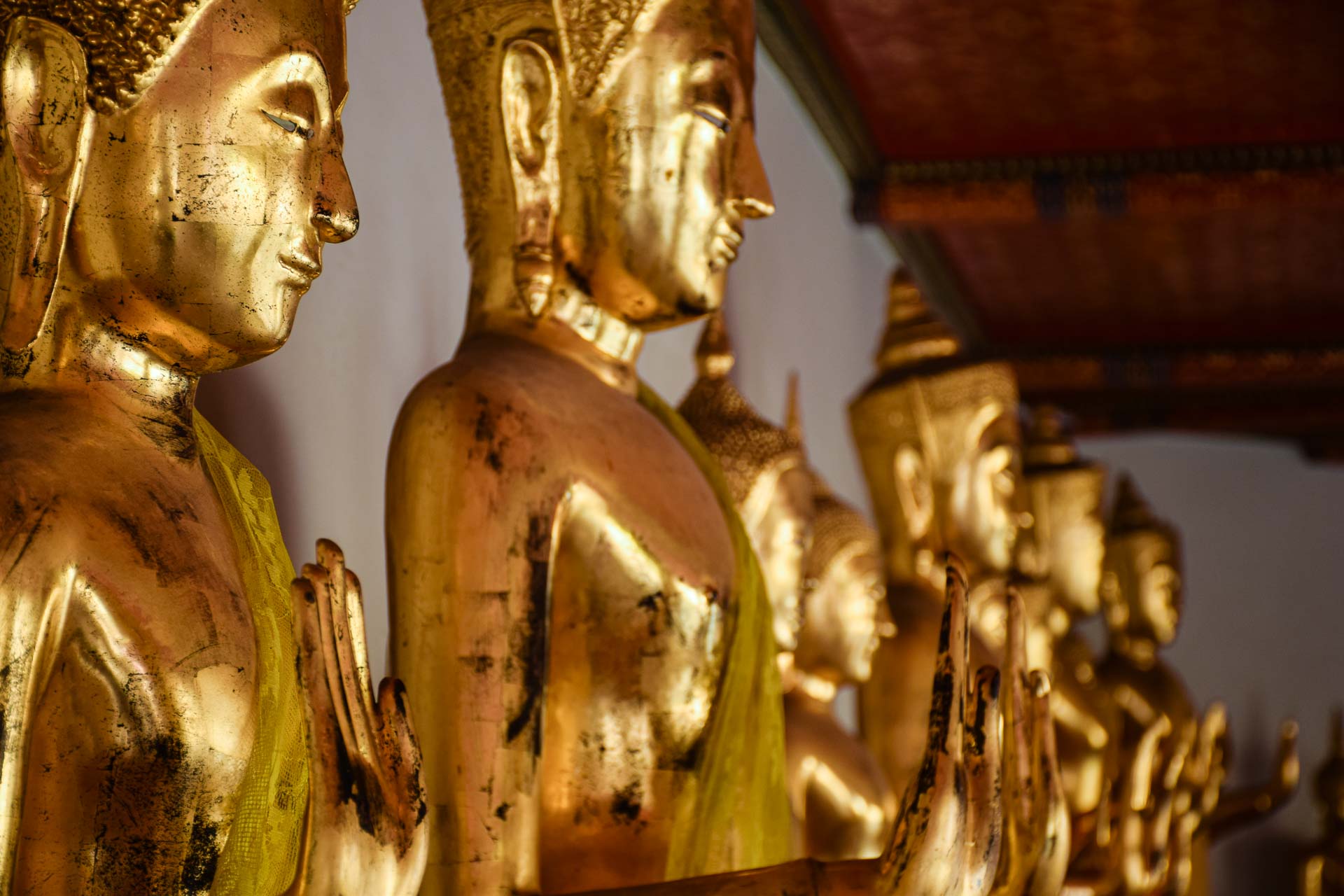
Elephants in Thailand: an important tradition
For centuries, elephants are used in different activities in Thailand, from working in the military area (as war machines, for instance) to any kind of transportation. They have even been used in the logging industry to carry chopped trees.
Elephants are part of the Thai culture and are present in the history, religion and in the country’s tradition. Thus, it has always been common for some people, known as mahouts, who are the elephant trainers and owners, to keep them as pets.
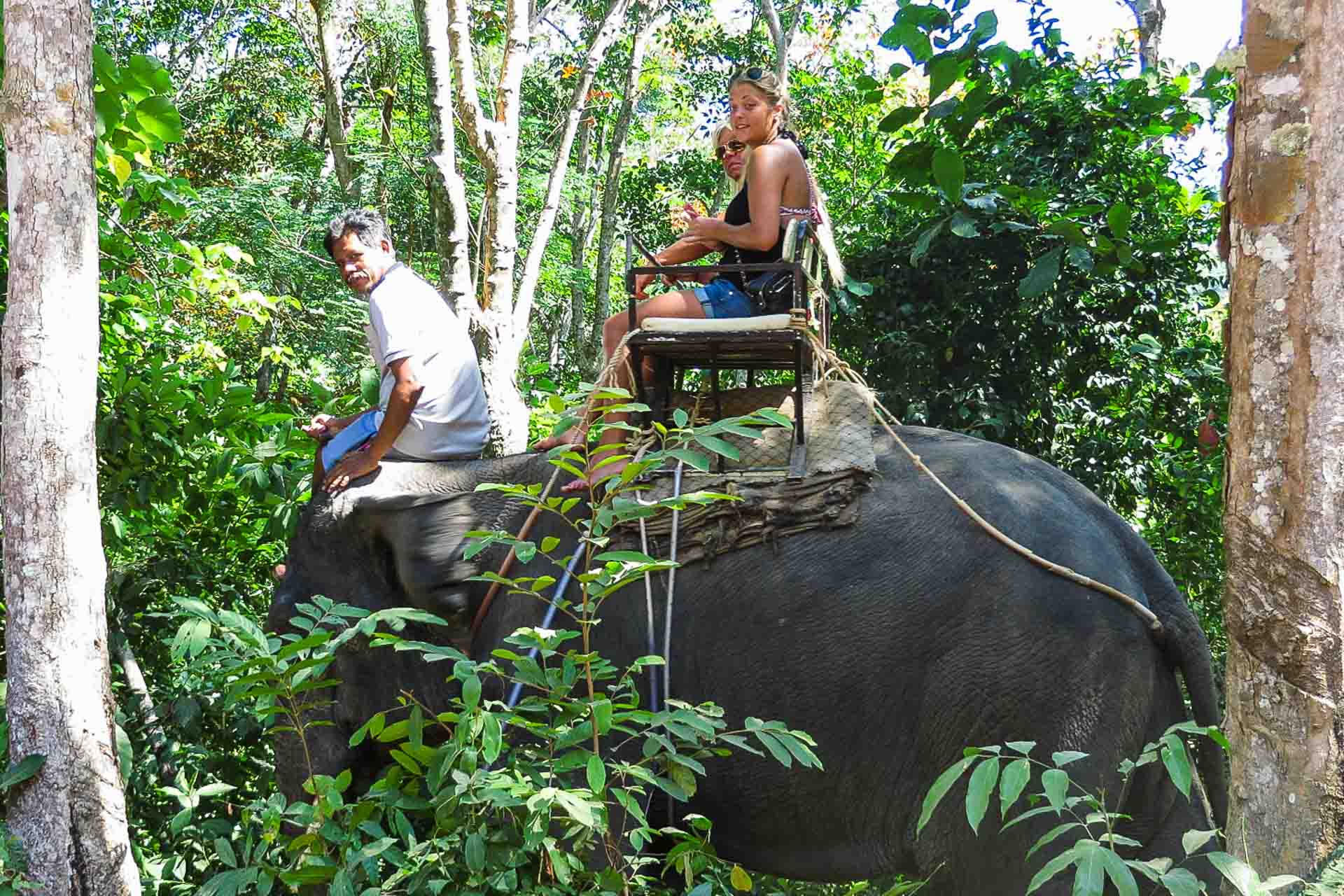
And what is the problem about having an elephant as a pet?
The problems is that elephants cannot, by nature, be domesticated. In order for them to be able to obey us and to do such activities, they have to go through a ritual known as Phajaan, which in Thai means “to crush their soul”.
The ritual consists mainly in splitting the young elephant from the mother at the very first months. Then they put the animal into an excessive training, which involves beating, sleep deprivation, starvation, amongst other horrible acts.
Elephants in Thailand and the tourism industry: how it all started
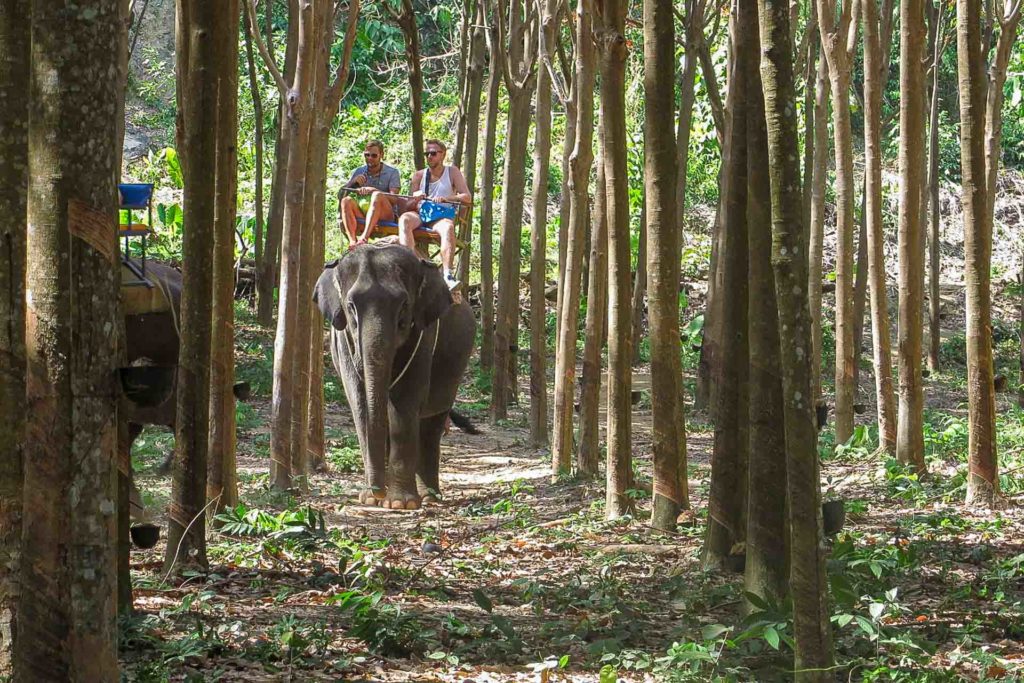
In 1998, a huge flood in South Thailand brought up many environmental concerns to the country making deforestation forbidden by law. With the new law, many mahouts who worked in the logging industry in the deforestation process lost their jobs as well as the elephant utility. The way out was to use the elephants to entertain tourists and it is here where it lies the problem.
Hundreds of elephants are used by tourists for trekking and other stunts in Thailand. However, what many people don’t know is, in order to the elephant to accept these things and to allow people to go on their back, he had to go through this torturous process of “crushing their soul”.
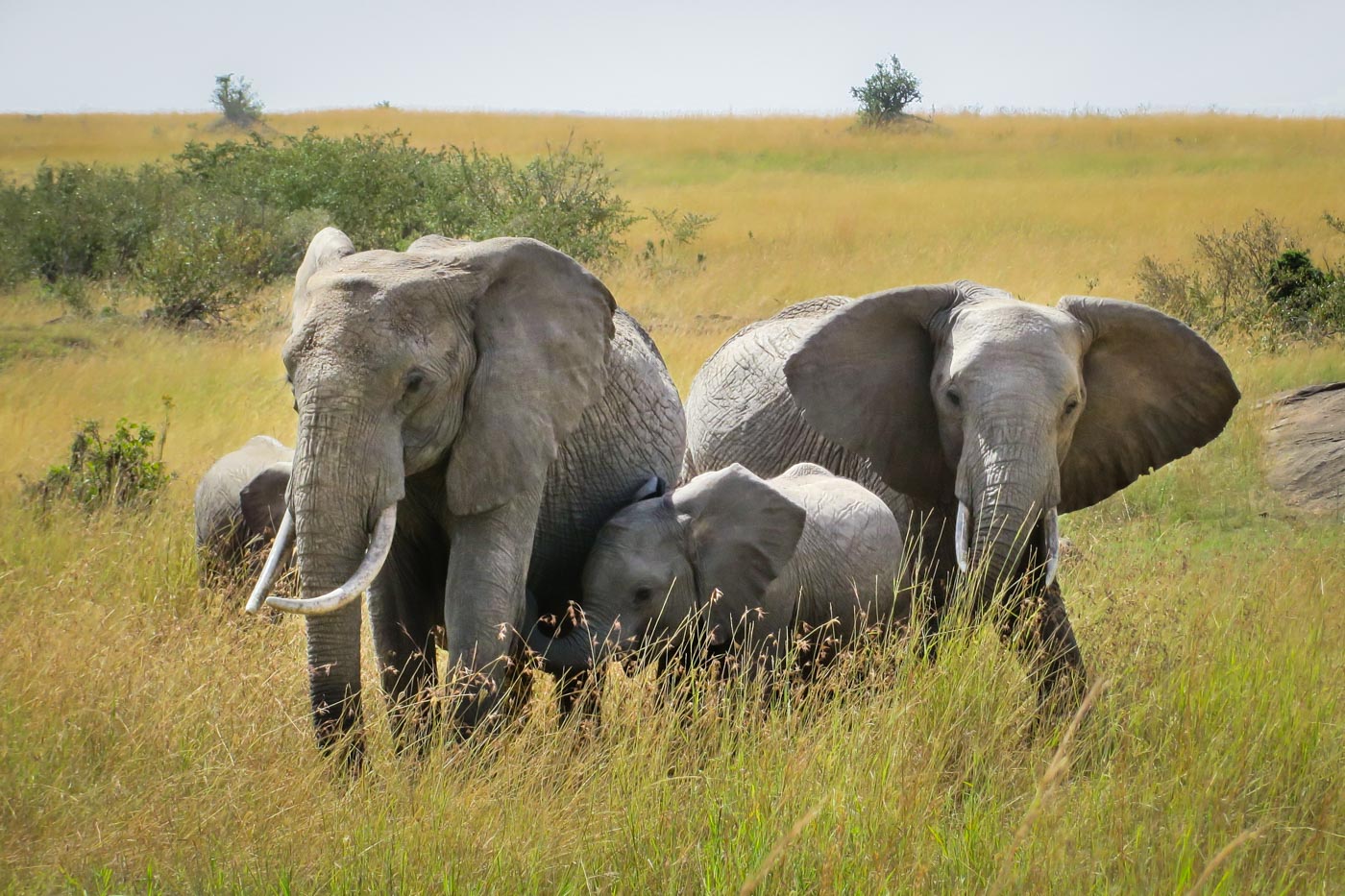
Furthermore, the elephants in Thailand are exposed to long working hours and forced to carry weight way over their physical limit. To get a sense of it, the life expectancy of a domesticated elephant is lower than of their free colleagues.
According to the Thai governmental organisation Thai Elephant Conservation Centre, there are now about five thousand elephants in Thailand where over two thousand of them are domesticated.
How did we find out the reality about elephant trekking in Thailand?
We arrived in Thailand without any knowledge about this topic whatsoever. All we knew was from other traveller’s pictures on an elephant’s back describing it as a lifetime experience. We did not have any formed opinion about elephant trekking in Thailand. Surely, if the opportunity had come up, we would have probably done this tour.
Until one day, while driving our scooter through Koh Lanta Island, where we lived for a month, we saw many elephants chained with very limited mobility. That had caught our attention, mainly because the animals had a really sad-looking. We felt sorry for that and decided to research about the topic.
The more we read, the more we realised that the situation is actually a lot worse than we have thought. We have even found out about cases of abuse during the trekking, having the mahout beating the animal right there in front of everybody because the elephant refused to walk at the demanded speed.
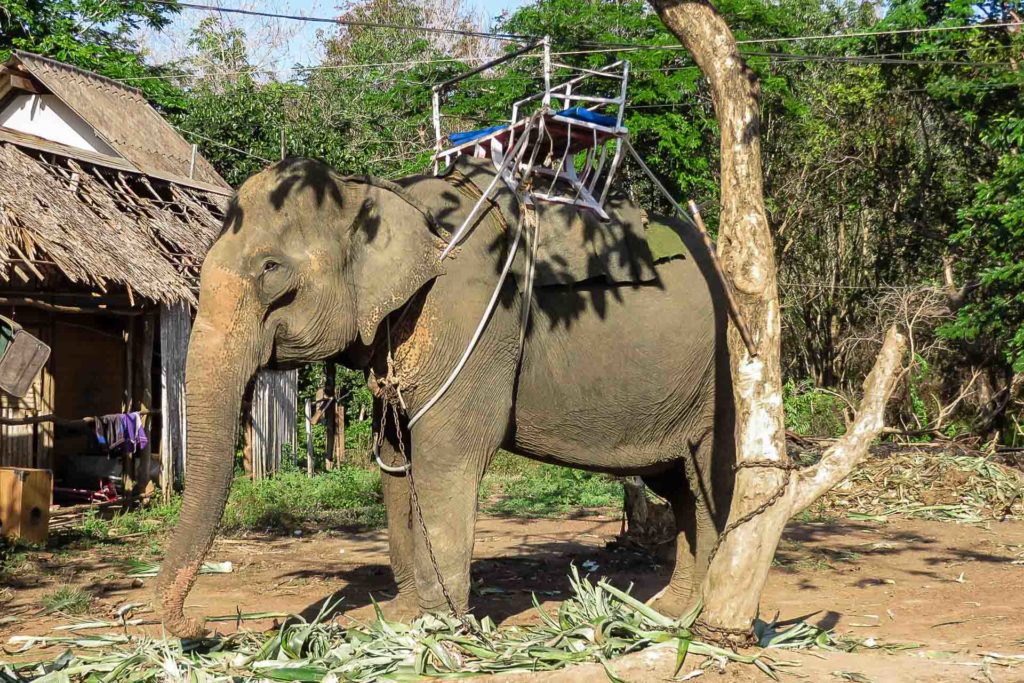
What can we do to change the reality of elephants in Thailand?
So then, what is the solution? Not use the animals for tourism, take them back to nature and lock up the mahouts? Yes and No. Obviously, the use of elephants for tourism entertainment has to stop. However, there are no room for all of them to be sent back to nature.
Moreover, for the mahouts, he is only practicing a legal and traditional job.For them, there is nothing criminal about that. Some Thai friends have told us that there are many cases of which mahouts treat the elephant as a member of his own family and develop a strong bond with the animal (though this being the minority).
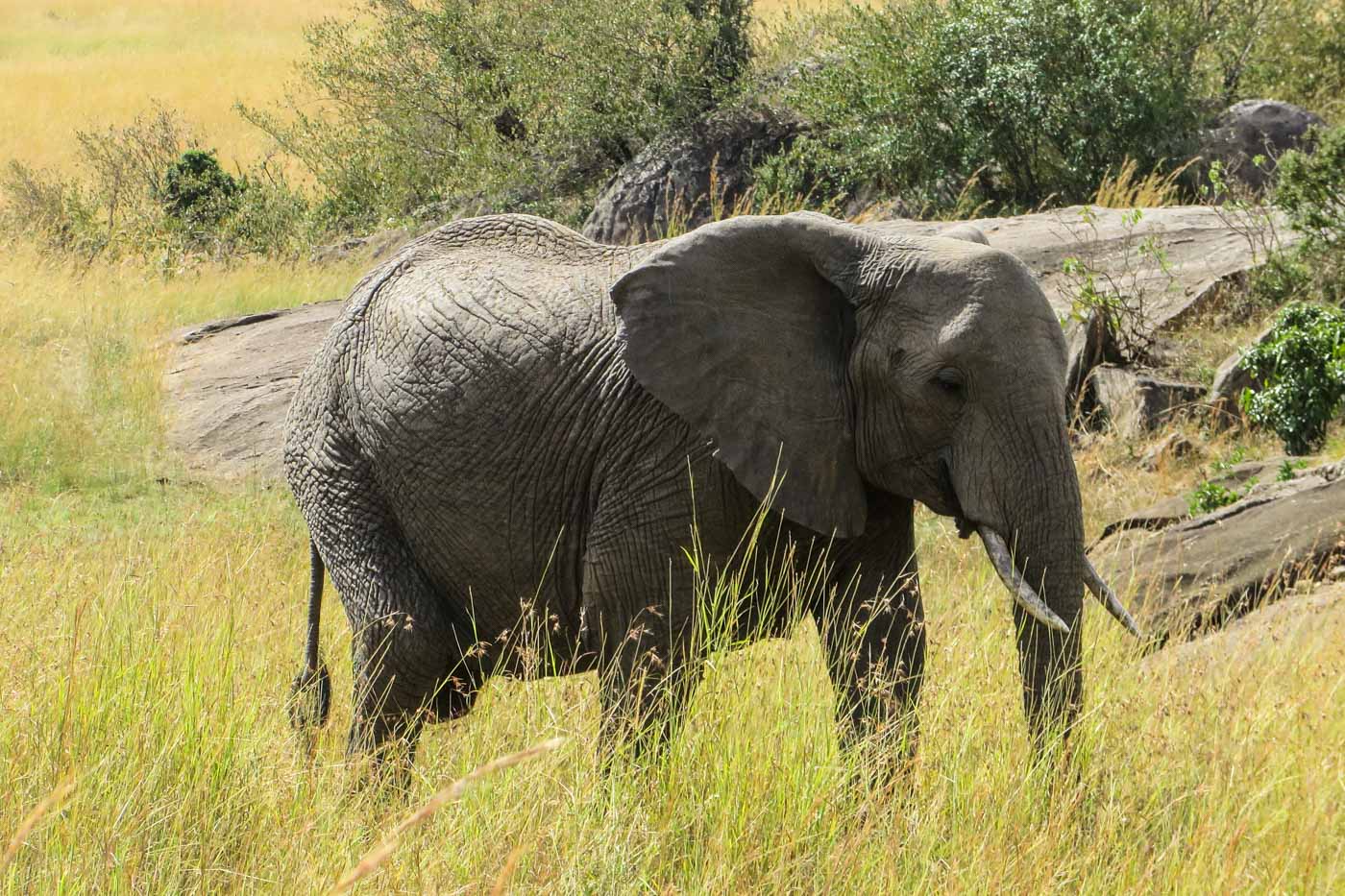
We ought to be realistic and reasonable. Mahouts should be re-educated to not abuse the elephants and be trained in different job activities. Meanwhile, above all, it is necessary to stop the demand for entertainment with elephants, which comes from tourists.
For those who really want to have a close contact with the animal during holidays in Thailand, it is possible to do it through some NGOs. There are specific places that rescue and help elephants throughout the country.
Unfortunately, we cannot recommend any as we would only do it if we had a better knowledge about the subject. For this reason, feel free to search for some and let us know when finding something interesting.
For the time being, all we know is that any sensible person would stay far away from any sort of elephant trekking in Thailand.
UPDATE: How to interact ethically with elephants in Thailand
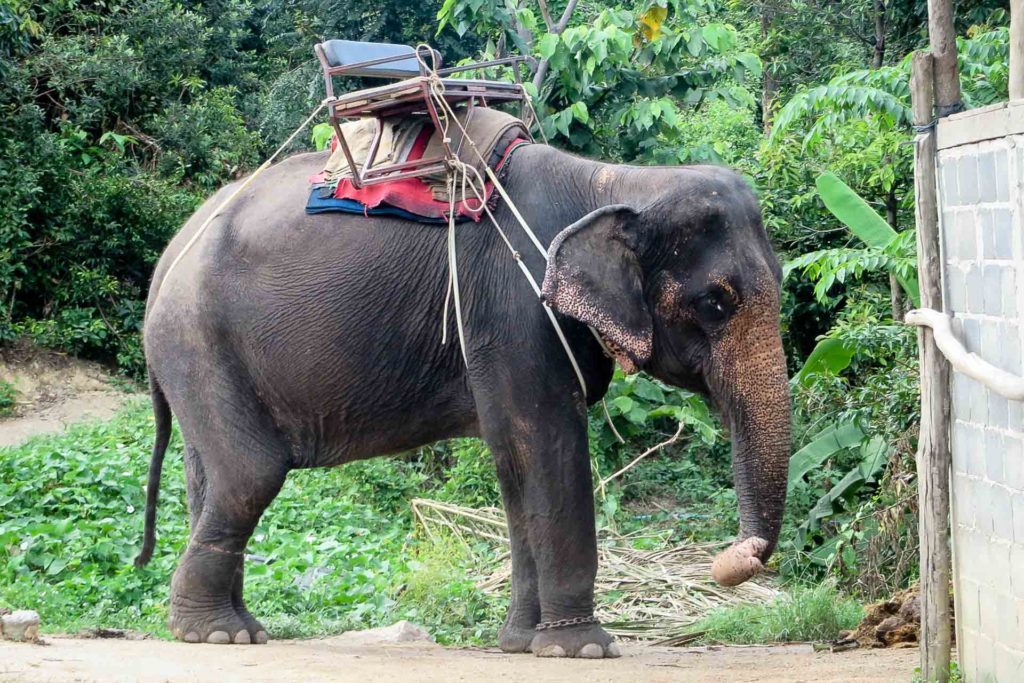
The reader Hugo Prizon got in touch with us. He said there is a retreat near Chiang Mai city that allows you to have an ethical interaction with elephants in Thailand.
The place is the Elephant Retirement Park, which, a year ago when he was there, had 5 elephants, including a baby one. They were all rescued animals and there were no chains or hooks on them. Obviously, it was not allowed to climb on them and they do not do any sort of stunt for tourists.
The activities allowed are only feeding and bathing the animal on mud and on the river. He describes this experience as the best he had in Thailand. Also, he said the staff were extremely careful and it was clear that they cared for the elephants.
Other cases of animal cruelty in Thailand you should be aware of
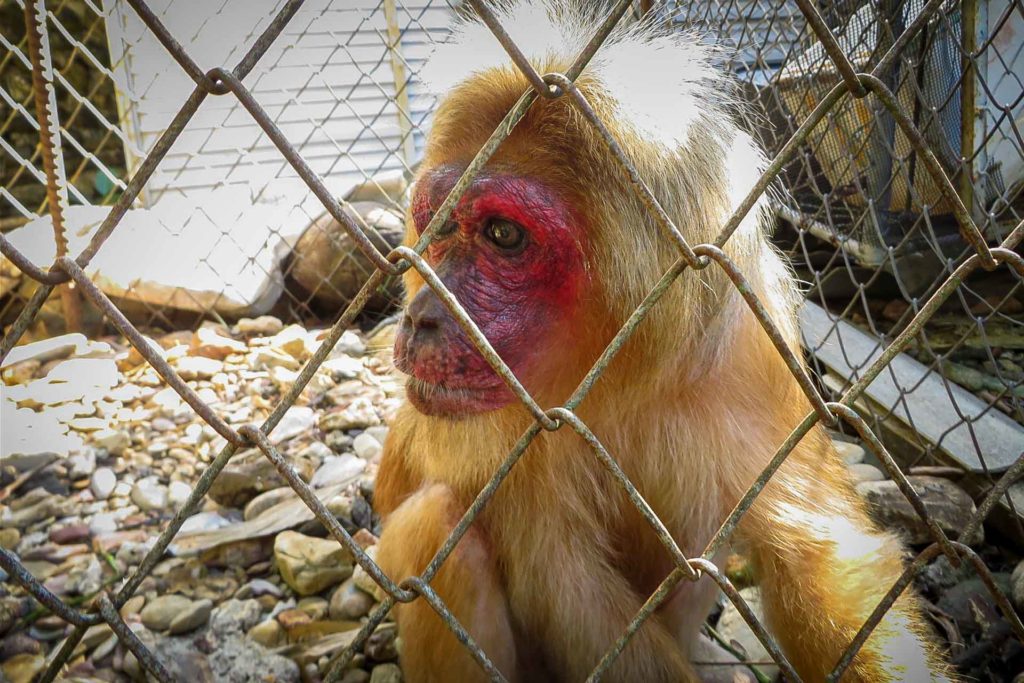
It is quite common to see in Thailand monkeys inside a cage and being brought up as a pet. Once again, many are used for tourism entertainment and the traveller is obliged to not foster this practice.
It is also well-known the cruelty against tigers, which are drugged most of the times to allow a tourist to take pictures with him.
*Article originally written on February 2016 and updated on April 2018 *

